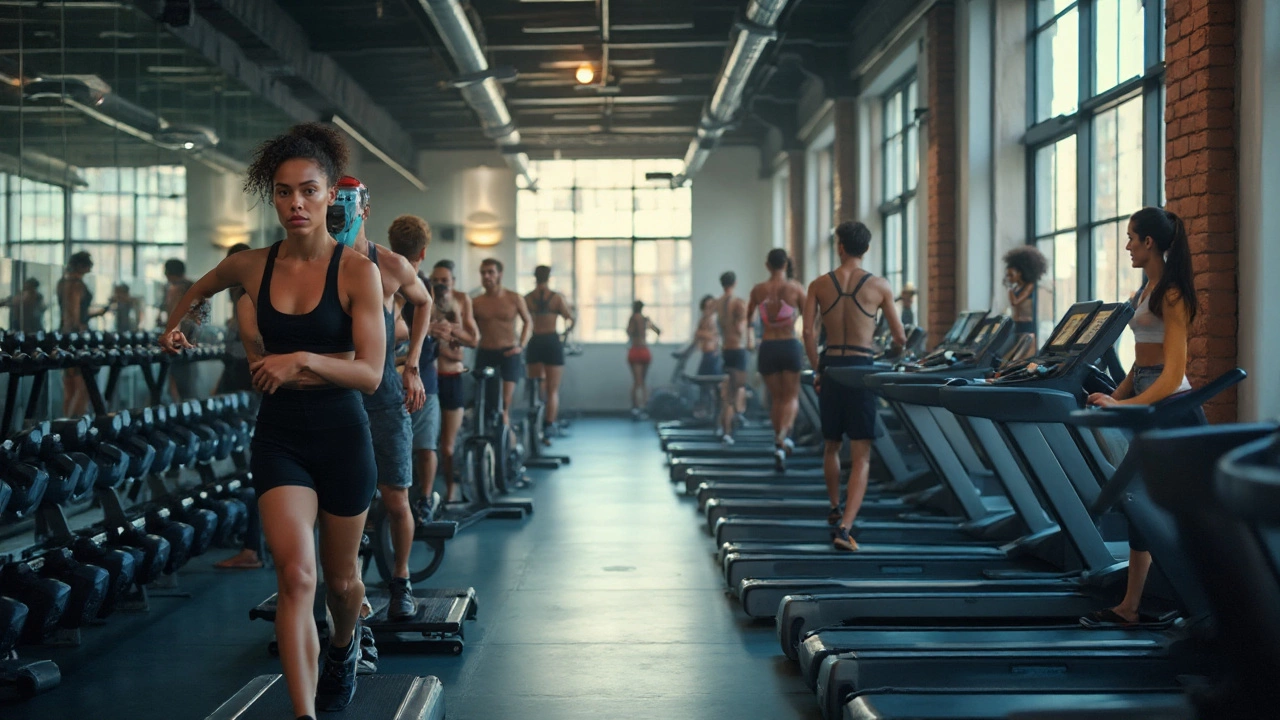Workout Machines: Your Guide to Choosing and Using Them Right
Whether you’re setting up a corner in the living room or building a full‑blown home gym, the right workout machines can make a huge difference. They let you train consistently, hit specific muscles, and keep cardio sessions interesting without leaving the house. In this guide we’ll break down the basics – what to look for, how to match a machine to your goals, and simple safety tips – so you can get the most out of each piece of equipment.
Choosing the Right Machine for Your Goals
First, ask yourself what you want to achieve. If your main aim is to boost heart health, a treadmill, spin bike, or rowing machine will give you steady‑state cardio that burns calories and improves endurance. For muscle‑building, look at strength‑focused gear like a multi‑station selector bar, a plate‑loaded leg press, or a cable system that lets you hit multiple angles.
Space matters too. A fold‑able treadmill or a compact elliptical can fit in an apartment, while a power rack needs a dedicated corner and a ceiling height of at least 7 feet. Budget is another factor – entry‑level machines cost a few hundred pounds, but mid‑range models with smoother belts and stronger frames typically fall between £800 and £1,500.
Don’t forget versatility. Cable machines and resistance‑band stations let you perform dozens of exercises on one platform, which is perfect if you’re short on space but want a full‑body workout. When buying online, read the weight‑capacity specs and check if the warranty covers the motor and frame for at least two years.
How to Use Machines Safely and Effectively
Even the best machines won’t help if you use them wrong. Start with a quick warm‑up – five minutes of light cardio or dynamic stretches – to get blood flowing to your muscles. Then set the seat, handle, or sled to match your body height; the joint should be slightly bent at the start of each movement.
For strength machines, keep the motion controlled. Push or pull in a steady line, avoid jerking, and breathe out on the exertion phase. If you’re using a cardio machine, aim for a cadence that lets you talk but not sing; that’s the sweet spot for fat‑burning without over‑training.
Most injuries happen because people add weight too fast. Increase the load by no more than 5‑10 % each week, and listen to any aches that linger after a session. A quick check of your form in a mirror or a short video can reveal hidden flaws before they become painful.
Maintenance is simple: wipe down the seat and handrails after each use, keep the floor around the machine clear, and lubricate moving parts according to the manufacturer’s schedule. A well‑maintained machine runs smoother, lasts longer, and feels safer.
Finally, mix it up. Rotate between a cardio machine and a strength machine every few weeks to avoid plateaus and keep motivation high. Pair your workouts with a short stretch routine – just three moves for the hips, shoulders and lower back – and you’ll notice better flexibility and less soreness.
With these basics in mind, you can pick the right workout machines for your home, use them safely, and keep progress steady. No matter your budget or space, there’s a machine that fits your lifestyle – all you need is a clear goal and a bit of consistency.

Essential Gym Equipment: Your Guide to Workout Machines & Tools
Maeve Larkspur Aug 3 0Explore the full range of gym equipment, from cardio machines to strength tools, and get insider tips to choose and use gear for your fitness needs.
More Detail